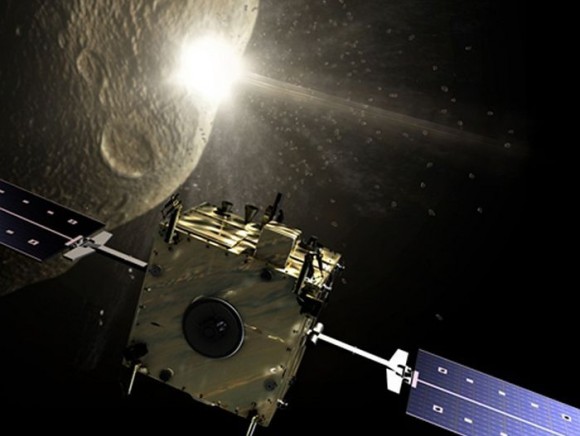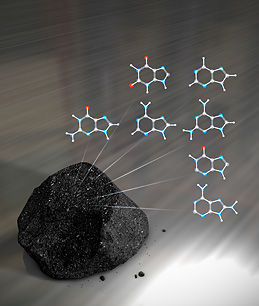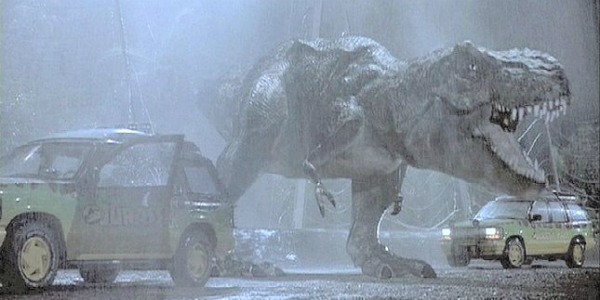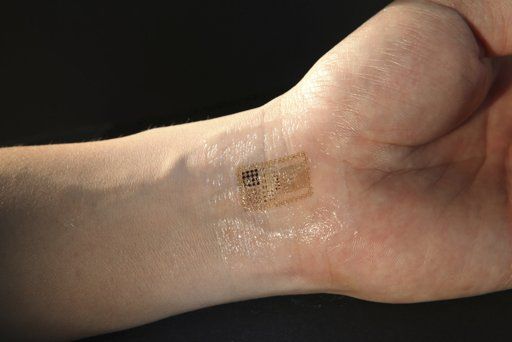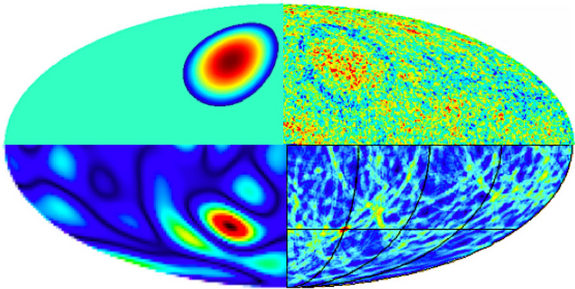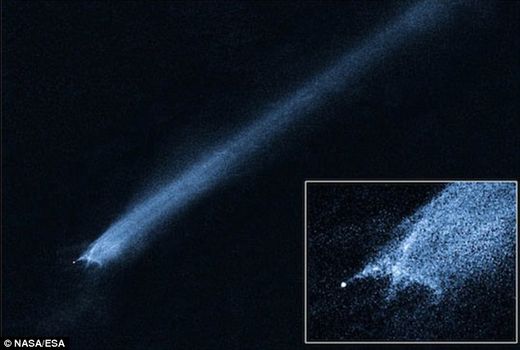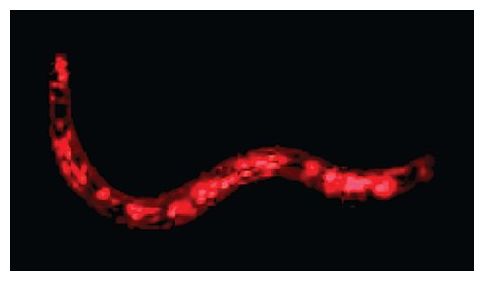
The implications could be revolutionary, suggesting that gravity may not be a fundamental force of nature.
Prof. Braunstein says: "Our results didn't need the details of a black hole's curved space geometry. That lends support to recent proposals that space, time and even gravity itself may be emergent properties within a deeper theory. Our work subtly changes those proposals, by identifying quantum information theory as the likely candidate for the source of an emergent theory of gravity."
But quantum mechanics is the theory of light and atoms, and many physicists are skeptical that it could be used to explain the slow evaporation of black holes without incorporating the effects of gravity.
The research, which appears in the latest issue of Physical Review Letters, uses the basic tenets of quantum mechanics to give a new description of information leaking from a black hole.
